
I am Happy, by Asher Feldman, 1929
Local Hero: Portrait of the Arab in Israeli Painting
Chalil Raad, Photographs 1891- 1948
A gem of a museum tucked in Tel Aviv’s Neve Tzedek is the best proof that good things come in small packages. Celebrating the career of Israel’s patriarch painter, the Nahum Gutman Museum of Art features Gutman’s ebullient work in a tastefully renovated nineteenth century building and its sleek modern extension. The museum also mounts exhibits related to Gutman’s times and themes.
The latest stunning pair of exhibits catapults this institution squarely into the forefront of the Israeli art world. In Local Hero: Portrait of the Arab in Israeli Painting curator Tali Tamir has assembled an eclectic collection into a captivating exhibit that is in turn esthetic, powerful, ideological, romantic, critical, and disturbing.
Ranging from early to mid-twentieth century Jewish painters like Reuven Rubin, Ludwig Blum and Gutman who painted the colorful exotic locals they encountered when they arrived, it rediscovers and gives an honored platform to the talented but obscure Asher Feldman, who lovingly portrayed Arab farmers and craftsmen secure in their work and their identity. The exhibit culminates with modern painters of pain and protest like David Raab. In particular, Ruth Schloss’s somber canvasses evoke the mix of dignity and despair that comes from second-class citizenship.
Finally, the exhibit features arresting work by contemporary Israeli Arab and Palestinian artists in Israel, in particular forceful self-portraits such as Fahed Halabi’s painting of himself as a kitchen worker which greets and ushers the visitor into the exhibit.
Excellent as the painting exhibition may be, it is almost overshadowed by its striking companion. The walls of a museum in Jewish Tel Aviv are hung with the solo exhibit of a great Arab photographer and native son. From his shop and studio in Jerusalem, Chalil Raad documented the landscape and the lives of its native Arab inhabitants spanning two centuries and seven decades – from 1891 to 1948. On the eve of the War of Independence, Raad fled to Jericho from his home in Jerusalem. He was 79 years old. Unable to return, he lived his last years in permanent exile and died in Lebanon in 1957.
Raad’s portraits of elegant young women and proud men are complemented by documentation of everyday scenes like the lemonade seller in Turkish Jerusalem, field workers in orange groves and port workers in Jaffa. His individuals are pensive and expressive, like the thoughtful man in a fez walking amidst a lush field of barley.
The esthetic quality and sharpness of the black and white photographs are world class, putting the largely unknown Chalil Raad into the company of international giants like Henri Cartier Bresson and Walker Evans.
For those who did not get a chance to see Raad’s exquisite work at the exhibit itself, the museum has published a high quality catalogue written by curator Rona Sela. Its hundreds of photographs provide permanent witness to Israel’s endemic population before the creation of the State.
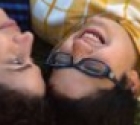 A PLACE OF THEIR OWN
A PLACE OF THEIR OWN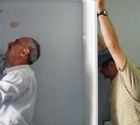 THANK YOU!
THANK YOU!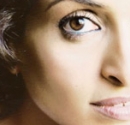 DEAR EDITOR 156
DEAR EDITOR 156 Art from the Heart
Art from the Heart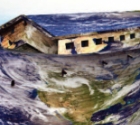 Jewish Art Returns to Jerusalem
Jewish Art Returns to Jerusalem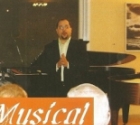 Musical Treats
Musical Treats Helen Schary Motro
Helen Schary Motro